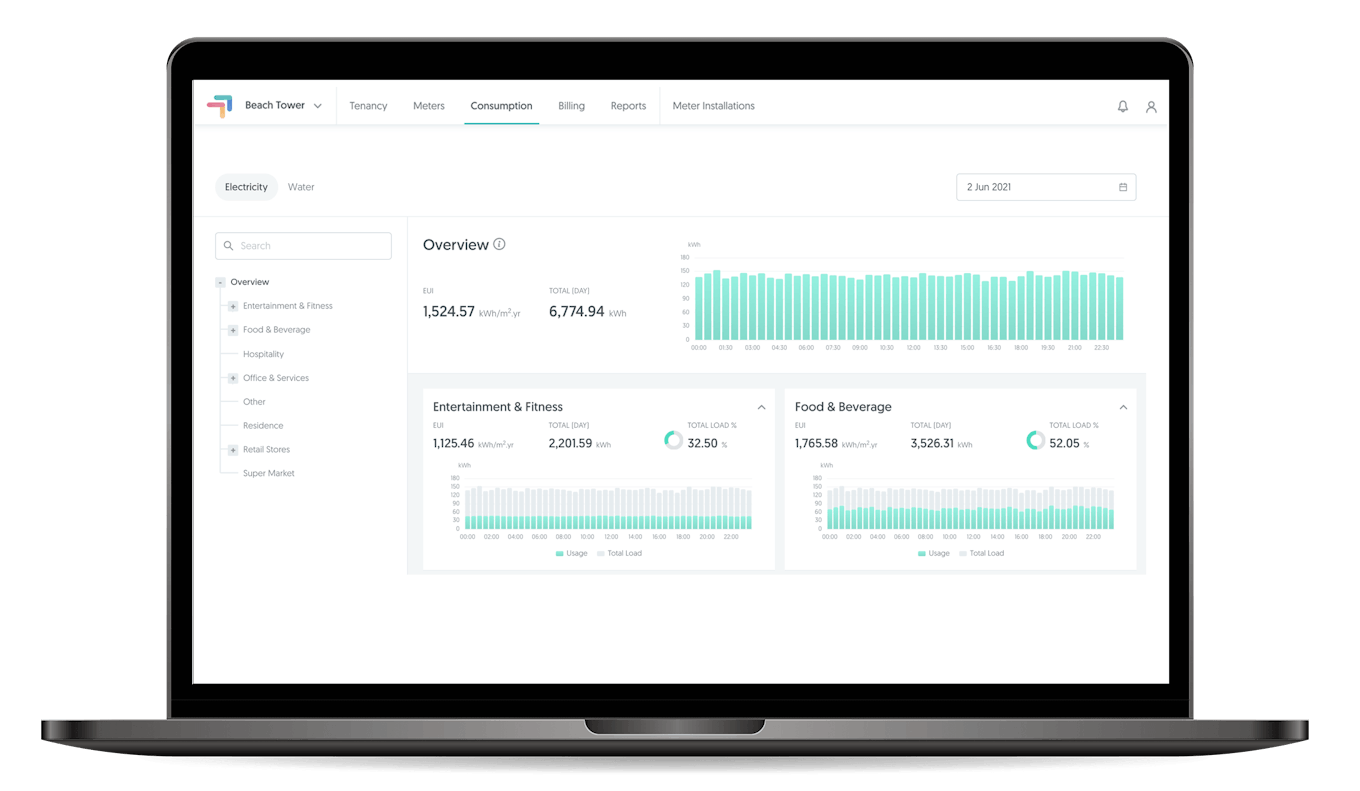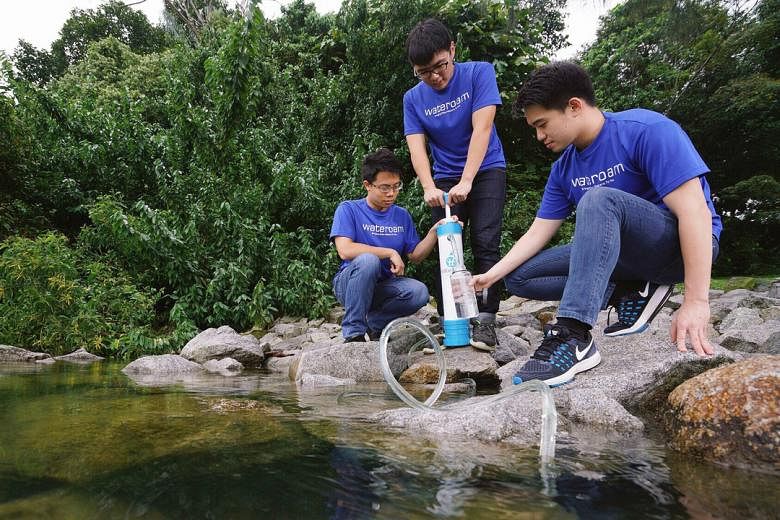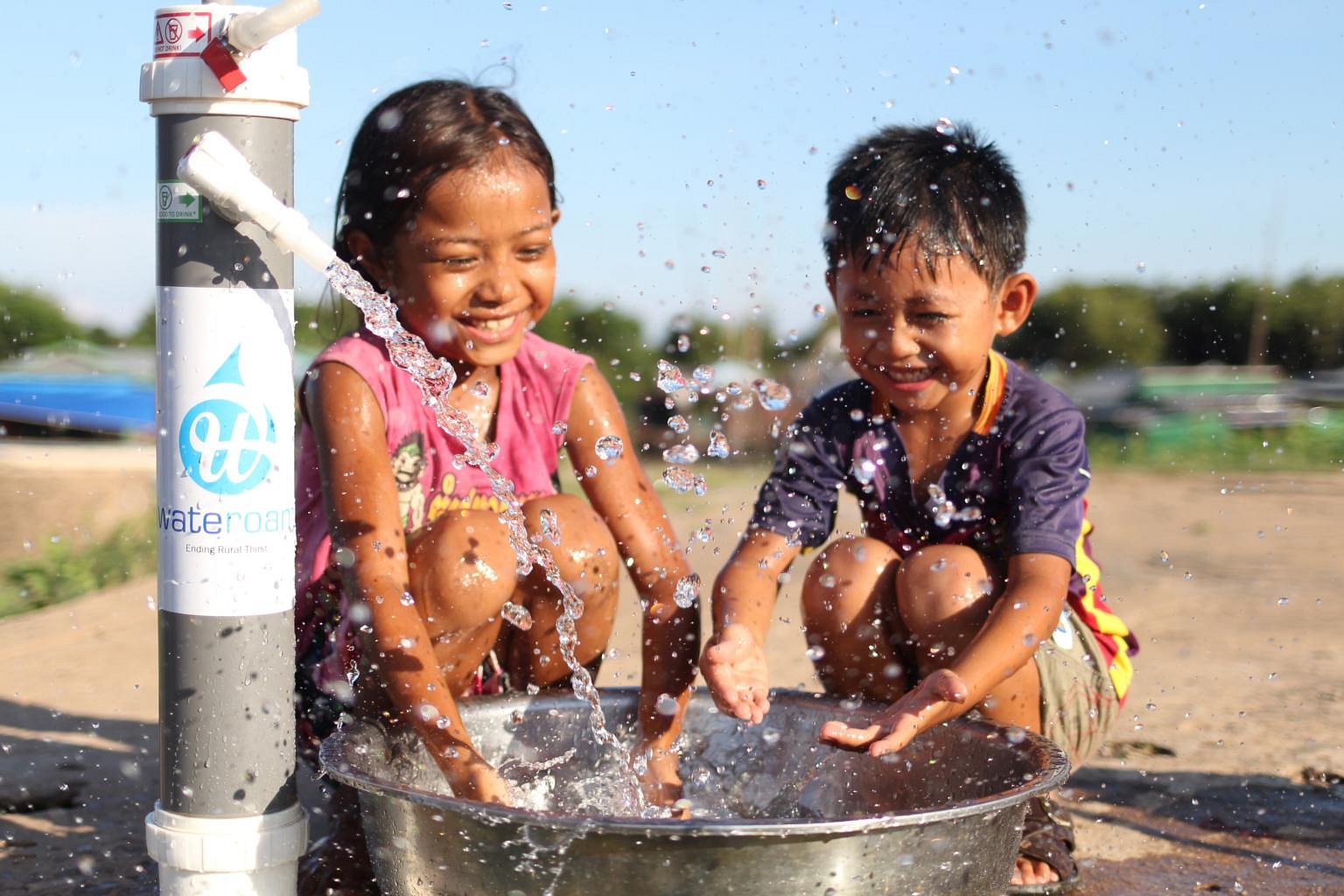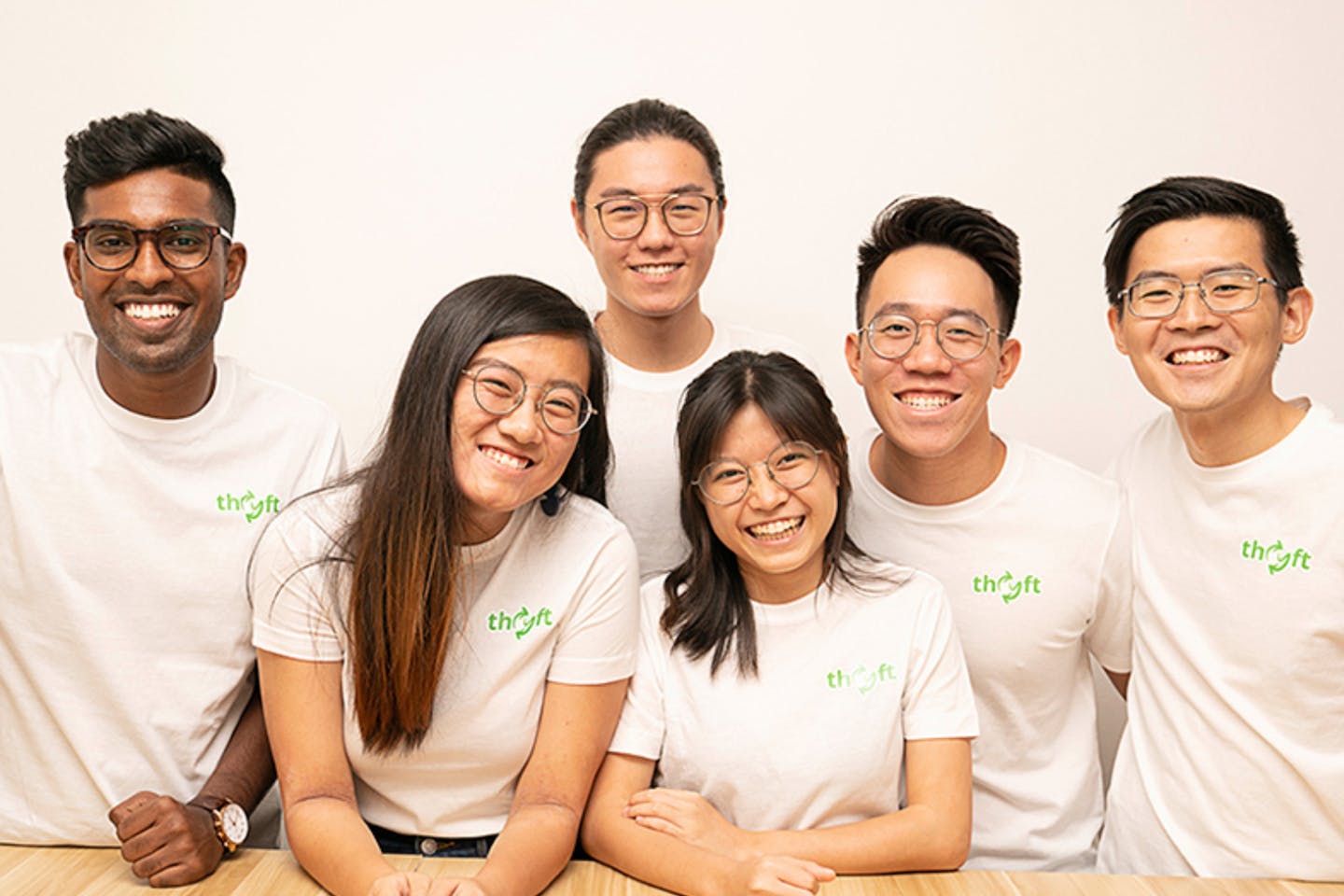
Switching lights off when they are not in use, turning up the temperature on air-conditioning, and saving water – these may seem like small actions, but they are vital to the fight against climate change.
Today, buildings are responsible for nearly 40 per cent of greenhouse gas emissions, with their construction and operations contributing 11 per cent and 28 per cent respectively. Efforts to improve their sustainability are not going far enough, and buildings remain “off track” to achieve carbon neutrality by 2050 according to a report by the International Energy Agency (IEA) in November.
Managing climate-friendly and energy-efficient buildings is crucial to achieving the Paris Agreement’s goal of keeping global warming under 2 degrees Celsius, and preferably under 1.5°C, but there are many challenges.
“Since 2010, rising demand for energy services in buildings – particularly electricity to power cooling equipment, appliances and connected devices – has been outpacing energy efficiency and decarbonisation gains,” the IEA said. “Very high temperatures and prolonged heatwaves set records in many countries, driving up demand for air-conditioning.”
The United Nations, in its latest climate assessment published in February, added that if greenhouse gas emissions remain high, all Asian regions studied in the report – Bangladesh, China, India, Indonesia, South Korea, Japan and Vietnam – will be affected by dangerously high heat and humidity levels, sea level rise, flooding and other physical climate risks.
As governments aim to meet ambitious climate goals, they will increasingly look to the building sector to reduce its impact on the environment.
By accelerating digitalisation and embracing the Internet of Things, artificial intelligence and other innovative digital technologies, we can achieve smarter, healthier and more sustainable buildings.
Chang Sau Sheong, chief executive, SP Digital
In Singapore, for instance, buildings make up over a third of the country’s electricity consumption. The city-state’s Building and Construction Authority (BCA) notes that the built environment plays a “major role” in helping to achieve the national sustainability agenda to tackle climate change and global warming.
This presents huge opportunities, and challenges, for landlords trying to drive efficiencies in commercial buildings. Technology is key in this effort, according to SP Digital, the digital arm of SP Group, a utilities group in Asia Pacific that focuses on low carbon, smart energy solutions.
“By accelerating digitalisation and embracing the Internet of Things, artificial intelligence and other innovative digital technologies, we can achieve smarter, healthier and more sustainable buildings,” said Chang Sau Sheong, chief executive of SP Digital.
Mindset shifts key to green buildings
Setting regulatory benchmarks and fiscal policies has helped to green buildings and boost efficiencies. Technologies and smart systems have also improved sustainability. But changing the behaviour of landlords and tenants could prove to be the biggest hurdle yet.
Dr Clayton Miller, assistant professor at the National University of Singapore (NUS) who leads its Building and Urban Data Science Lab, told Eco-Business that there are many underused green building technologies, including innovative cooling systems that tap on high temperature radiant, desiccant dehumidification and mixed-mode ventilation.
“There are too many decision-makers who want to play it safe and stick with conventional systems, because they are afraid that trying something different will bring problems,” he said.
Some property owners and landlords may be put off by the costs and difficulties of retrofitting older buildings for sustainability. For example, installing green technologies may require space that is scarce in buildings not designed for them.
“With the myriad of green technologies out there, one of the key challenges that building owners may face is simply how and where to start the retrofitting process,” added Associate Professor Kua Harn Wei, of the Department of the Built Environment, NUS School of Design and Environment.
A smart way to achieve sustainability
Tenants may be stymied by a lack of data too, noted Chang. “Most landlords and property owners provide monthly utility bills, which makes it challenging for tenants to know how and where to best focus their efficiency efforts, and track how they are faring,” according to Chang.
A typical office in Singapore expends most – 60 per cent – of its energy on cooling, according to BCA. Lighting takes up 15 per cent of consumption.

To give tenants and landlords more granular data to manage their energy and water use, SP Digital created Green Energy Tech (GET) TenantCare, a smart and automated tenant submetering solution. Tenants and landlords can get visibility of their utilities consumption in granularity of 30-minute intervals, unlocking more ways to save electricity and water. The platform not only increases operational efficiency, but can improve tenant engagement that will drive sustainability efforts, Chang said.
As a tenant, for instance, you can better understand how you use electricity, get alerted to unusual usage earlier, find out which of your equipment is using a lot of energy, whether through faults or inefficiency, and make changes to lower your energy consumption.
“If you’re a landlord, you can use our solution to automatically calculate your tenants’ energy use intensity, based on their units’ energy usage and gross floor area. You can identify which tenants are using more electricity than expected and engage with them to persuade them to adopt more energy-efficient equipment or habits,” Chang said.
Smart technologies have other advantages. With GET TenantCare’s automated meter readings, landlords do not have to deploy manpower to check on and read the meters. This also eliminates human errors in the readings.
Smart building management systems, connected to motion and other occupancy sensors and weather forecasting systems, can automatically adjust air-conditioning temperatures, switch off unneeded lights, and do more to save electricity and water while maintaining comfort for occupants.
Promoting greener behaviours
With insights from smart technologies leading to quick wins in energy and water savings, landlords and tenants may be more motivated to continue on their sustainability journey.
“If people have good experiences trying out sustainable behaviours, they are likely to repeat them and form green habits over time,” Dr Sonny Rosenthal, cluster director of smart and sustainable building technologies at the Energy Research Institute at Nanyang Technological University (NTU), told Eco-Business.
Other novel systems and ideas could enable tenants and landlords to work in tandem to slash the carbon footprint of the buildings they occupy.
SP Digital’s GET Engaged solution is a digital dashboard that provides updates on buildings’ electricity and water use, and the resulting carbon emissions. When displayed in lobbies and other public areas, the information could spur tenants to make more sustainable choices.
Equipping people with relevant skills is essential too. Last year, the Singapore government launched the Sustainability in Singapore programme, which trains people from organisations to be green ambassadors.
This includes teaching them how to design effective sustainability campaigns to persuade their colleagues and other occupants in their buildings to be more environmentally friendly.
BCA chief executive Kelvin Wong explained: “As a building user myself, we tend to think that staying in green buildings alone is sufficient. But this is not true. Practising sustainable behaviour within building premises is equally important to make the most of green buildings.”
“Hand in hand, both green buildings and sustainable user behaviour would translate to lower carbon emissions, with the added advantage of monetary savings,” he added.
The BCA has also created “green lease” toolkits to guide landlords and tenants in crafting mutually-agreed-upon, sustainability-related agreements for office and retail buildings. These would set out objectives for how the building is to be improved, managed and occupied to reduce its impact on the environment.
Greener buildings go beyond providing environmental and economic benefits, Chang noted. Greener buildings can also enhance occupants’ health and overall well-being.
Source Eco Business







